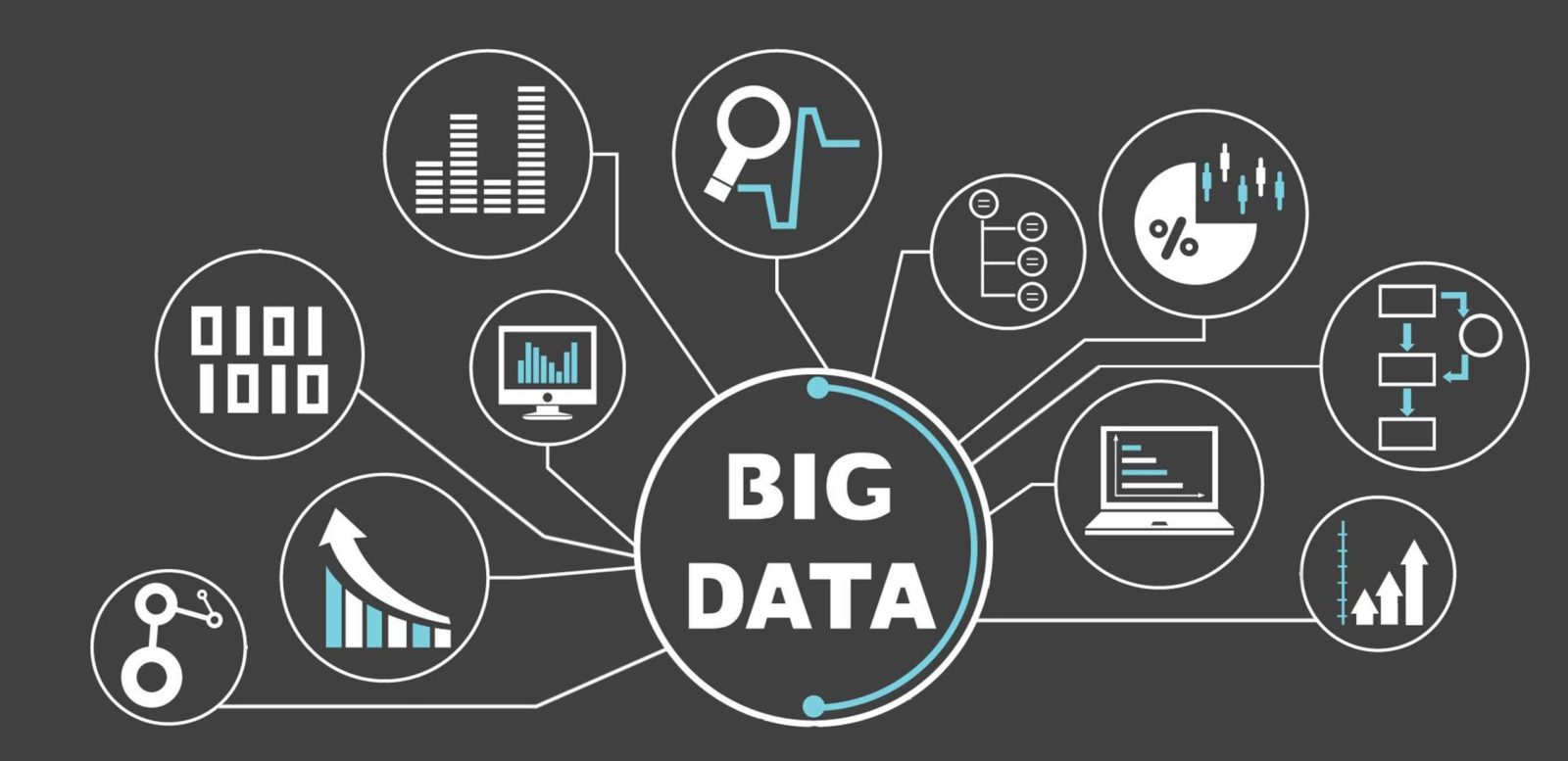
Defining the need for advanced data visualization in BI
Business Intelligence and data visualization: Hand in glove
Some things just go together. Wine and cheese, beer and football, winter and woolly socks. Similarly, Business Intelligence (BI) and data visualization go hand in glove.
Data visualization is routinely listed as one of the most critical technical capabilities of a BI implementation. As independent industry expert Krish Krishnan simply put it: “Data visualization is an essential component to ensure the success of any Business Intelligence and Data Warehousing project”. Or, as The International Institute for Analytics explained: “Data visualization tools are powerful means to democratizing data within an organization and enabling non-statistically trained users to rapidly gain insights about critical business decisions.”
Therefore, as the global BI market has continued to bound ahead, so too has demand for data visualization functionality.
According to research firm MarketsandMarkets, the global BI and analytics software market is set to grow from $17.9 bn in 2015 to $26.78 bn by 2020 – a Compound Annual Growth Rate (CAGR) of 8.4%. Comparably, Technavio’s report, Global Business Intelligence Market 2016 – 2020, predicts the global BI market to experience a 10 percent CAGR between 2016 and 2020.
Projections published by Mordor Intelligence indicate that the data visualization applications market will mirror those growth rates. Currently valued at $4.12 bn, Mordor’s report, Data Visualization Applications Market: Trends, Forecasts and the Challengers (2016 -2012), forecast the market to reach $6.99 bn by the end of 2020 – a CAGR of 9.21%.
The report captured the reliance that BI has on data visualization: “Analyzing patterns and trends from large data sets can be a herculean process,” stated the report. “The analysis of this data requires Business Intelligence solutions coupled with data visualization tools. Data visualization helps in simplifying this process and allows decision-makers to derive analytical results from information presented visually.”
In fact, the report found that organizations undertaking reporting and analytics initiatives desired to harness increasingly advanced data visualization techniques in order to gain competitive advantage: “Enterprises are adopting newer methods of analyzing huge chunks of data coming from different avenues to beat the competition,” said the report.
But what forces are driving demand for advanced data visualization capabilities, and what exactly constitutes ‘advanced’ data visualization, anyway?
Want to understand how you can benefit from advanced data viz?
Simply register for the launch of Yellowfin’s latest BI platform, Yellowfin 7.3, to see how new advanced data visualizations give you the flexibility required to answer complex business questions faster. REGISTER HERE >
Defining advanced data visualization
Defining the concept of advanced data visualization is a little troublesome. Firstly, the concept applies broadly across different industries and technology sectors – from BI to medical machinery. Even if we stick to developing a definition specifically for the BI industry, research indicates that the concept is something of a shifting and subjective target – and it’s been that way for some time.

Back in 2012, well-known BI analyst for advisory firm Forrester, Boris Evelson, mused about the definition of advanced data visualization in a blog post, Advanced Data Visualization – A Critical BI Component.
“How is advanced data visualization different from earlier generations of data visualizations?” asked Evelson. “Many corporations have effectively used — and will continue to use — traditional business graphics, such as bar charts and pie charts. At the next level, modern technologies have enabled the use of more dynamic and interactive business graphics, such as real-time dashboards and charts that update automatically as the data changes.”
Boris then defined Forrester’s position on what differentiates advanced data visualization from traditional BI graphs and charts, outlining six core capabilities:
- Dynamic data content
- Visual querying
- Multiple-dimension, linked visualization
- Animated visualization
- Personalization
- Business-actionable alerts
While Evelson freely admitted that these six capabilities do not form an exhaustive list, the very formation of a list alludes to a definitional problem: Trying to permanently quantify advanced data visualization – by distilling the concept down into an immovable, universally agreed upon feature / function list – is impossible, and probably unhelpful.
The two central issues with this approach are that technology capabilities and demand are constantly evolving, and that any attempt to piece together a feature / function list – even if relevant at the time – will likely be highly subjective. For example, looking at this list in 2016, some of these capabilities would no longer be considered ‘advanced’ by most astute BI professionals.
Renowned data visualization and BI dashboard expert, Stephen Few, unflatteringly picked-up on these flaws in a blog post bluntly titled, Feature Lists Make Us Comfortable, but Sometimes Make Us Dumb.
“Evelson provided a list of features that he believes we should look for when shopping for an advanced data visualization solution,” wrote Few. “Unfortunately, his list looks as if it was constructed by visiting the websites of several vendors that claim to offer data visualization solutions and then collating the features that they offer.
“Another problem with Evelson’s advice is that it isn’t clear what he means by ‘advanced data visualization solutions’. What distinguishes advanced solutions from the others? Of the few features on his list that actually characterize an effective data visualization solution, none go beyond the basic functionality that should exist in every data visualization solution, not just those that are ‘advanced’.”
In an effort to avoid falling foul of Few of these flaws, we can simply define advanced data visualization for BI as this: The introduction of data visualization capabilities that enable a group of BI users and professionals to build or act on visual analysis faster, in order to answer more complex business questions in less time.
So now that we have a working definition of advanced data visualization, what exactly are the factors driving organizations to pursue competitive advantage through new visual analysis techniques?
Identifying market drivers: Big Data, bigger possibilities

The aforementioned Mordor Intelligence report pinpointed several key drivers for the visualization software industry: “Rapid growth in Big Data, advancements in visualization software, and the growing need for faster decision-making are some of the factors accelerating the growth of the market”.
And it’s the same factors that are pushing organizations to seek cutting-edge visualization capabilities and the growth of the advanced visualization market as a whole, which MarketsandMarkets predicted to reach $2.8 bn by 2020 at a CAGR of 10.9% (2015 to 2020).
The birth of Big Data coupled with the emergence of the Internet of Things (IoT), combined with organizations’ willingness to harness these phenomena through reporting and analytics, has created a self-perpetuating loop.
A data explosion
The volume, complexity, growth and growth rate of both new and existing data sources is truly mushrooming.

At the beginning of 2016, scientists determined that we’d produced more data in the past 24 months than we had throughout the entirety of our previous existence. IDC estimated that digital data would smash through the 44 zettabyte barrier by 2020 – that’s 44 trillion gigabytes. And of recent times, the proliferation of data generated from IoT devices has been a major contributor to this steep climb, with Morgan Stanley suggesting that the number of IoT devices could surpass 75 billion by 2020.
What does that all mean? There’s a tremendous, and growing, amount of potential value to be unlocked by producing and embracing new techniques for unearthing insights from all that data.
The scramble for insights
Entities from all industries have been quick to demand new analytics, reporting and visualization technologies to capture, analyze and exploit this new data landscape.
As organizations have begun to successfully analyze and act on more data sources of increasing volume and complexity, people have uncovered new insights, use cases and entire data economies. This, in turn, has only fueled desire and demand for more sophisticated data analysis and data analysis capabilities. And, developers of such technology have worked feverously to find advancements that meet that increasing appetite.

IDC has forecast the Big Data technology and associated services market – which encompasses BI and data visualization software – to reach $41.5 bn by 2018, a CAGR of 26.4% (six times the average growth rate of the overall global IT market). To give an indication of the impact, IDC has also predicted worldwide Big Data and business analytics revenues to increase from $122 bn in 2015 to over $187 bn in 2019.
Figures like this are reflective of the fact that 89 percent of business leaders believe that Big Data, and the technologies used to analyze it, will “revolutionize business operations in the same way the Internet did”, according to an Accenture research report. “If used correctly, data visualization can help remove barriers to data comprehension by providing a shared language that simplifies complex issues and increases mutual understanding – no matter how big the Big Data becomes,” said Accenture.
But, it’s not just big business that will be directly impacted by our ability to use advanced data visualization to analyze Big Data: “The future of our universities, like the future of our cities, our social life and even our thoughts and emotions, is increasingly defined by the way we visualize data” – Dean of GSAPP at Columbia University, Mark Wigley.
Where to next?
Are you an organization that could benefit from new ways of visually analyzing increasingly complex data? Attend the launch of Yellowfin’s new BI platform to discover how the – what we believe to be – advanced charting capabilities in Yellowfin 7.3 deliver deeper insights in less time. REGISTER HERE >
And whether he was right about the definition or not, Forrester’s Boris Evelson summed-up the potential benefits of advanced data visualization pretty well: “Now, through advanced data visualization, potential exists for nontraditional and more visually rich approaches, especially in regard to more complex or larger data sets, to reveal insights not possible through conventional means.”
